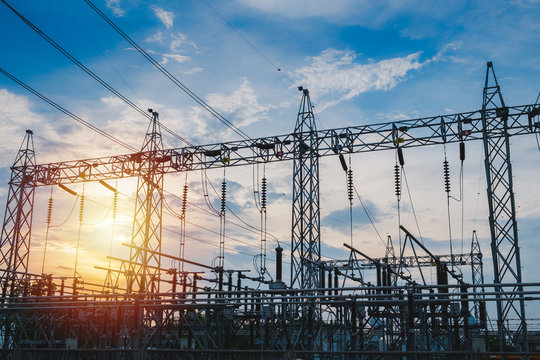
Establishing a large-scale industrial, commercial, or data Centre project requires more than just land and permits. A critical component that must be evaluated early is utility power due diligence — the technical and regulatory steps needed to ensure a timely and reliable power supply.
This blog outlines a real-world due diligence checklist for utility power supply, designed to help developers avoid costly delays and secure reliable power connections from utility boards.
🔗 Related: Due Diligence Scope of Work – Substation & Utility Board Process
✅ 1. Understand Your Power Demand
Power Demand Planning for Utility Power Due Diligence
- Assess your peak demand requirement (in kVA or MVA).
- Determine the voltage level required based on load:
- 110 kV / 230 kV
✅ 2. Identifying Substations in Utility Power Due Diligence
- Locate nearby 110 kV / 230 kV / 400 kV substations.
- Check for spare capacity and redundant supply options (for backup reliability).
- Identify utility board grid connectivity feasibility for your site.
For official substation capacity and grid layout data, refer to the Southern Regional Grid Map by SRPC
✅ 3. Route Feasibility for Cable Laying
Cable Route Feasibility in Power Supply Planning
- Conduct an EHV/HT route survey from substation to site.
- Check for:
- Road crossings, canal zones, forest/NHAI restrictions
- Overhead vs. Underground cable options
- Coordinate with local authorities and the utility board for alignment approvals.
✅ 4. Application & Utility Approvals
Submit a Power Feasibility Application to your State Utility (e.g., TANGEDCO, KSEB, BESCOM).
Coordinate for:
- 🔄 Load flow study
- 📍 Site inspection
- 💡 Demand sanction
- 📄 Agreement execution
- ⚡ Energization of supply
You can apply online for HT/EHT connections through the TANGEDCO official portal for Tamil Nadu projects.”
(For other states, replace with BESCOM, KSEB, etc.)
✅ 5. Compliance & Documentation
EHT Power Checklist
Prepare the following documents before and during the process:
- ✔️ Land ownership / lease deed
- ✔️ Approved site layout and electrical SLD
- ✔️ CEIG (Electrical Inspector) safety clearance
- ✔️ Earthing and lightning protection design
- ✔️ Technical specs of power equipment
✅ 6. Timeline & Cost Estimation for Utility Power Planning
- 🕒 Typical energization timeline: 16-24 months
- 💰 Key costs to consider:
- Application & registration fees
- TNEB charges (EMD, meter deposit, estimate cost)
- HT/EHT cable laying cost
- Consumer substation & civil works
- Bay extension at utility substation
- Monthly demand & energy charges
✅ 7. Contingency & Risk Planning
Risk & Contingency Planning in Utility Power Projects
- Evaluate flood risks, alternate cable routes
- Plan for DG (diesel generator) backup until permanent power is ready
- Consider the impact of energization delays: E.g., ₹589/kVA/month may be levied for idle sanctioned demand
🏁 Final Thoughts
Early-stage due diligence for utility power supply is essential for mission-critical projects like data centres, factories, and commercial complexes.
By using this checklist, project developers can ensure technical feasibility, financial preparedness, and timely energization — avoiding setbacks before construction begins.
👉 Explore the full technical guide:
Due Diligence Scope of Work – From Grid to Site
📘 About the Author:
Visit my About Page to learn more about my experience in electrical contracting and substation project execution.
[…] ⚡ Due Diligence Checklist to Establish a Power-Intensive Project […]